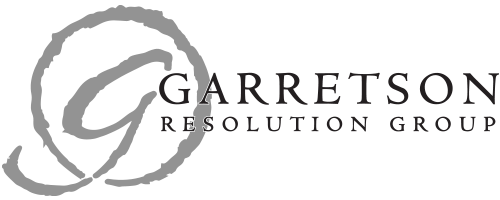Question: I am involved in an asbestos case in which the Plaintiff alleges exposure only through 1979 but the Plaintiff testified that he was "probably" exposed to asbestos until the 1980’s. A defendant filed a Motion for Summary Judgment (MSJ) asking the Court to rule that Plaintiff was not exposed to asbestos after 1979 because those allegations were not pled in the Complaint. Plaintiff’s counsel opposed that motion – but the court granted the MSJ that Plaintiff was not exposed to asbestos after 1979. Assuming this case settles prior to verdict, are Responsible Reporting Entities (RRE) required to report the settlement or can they rely on the Court's judgment that there is no post-1980 exposure (despite the Plaintiff's testimony to the contrary?)
Answer: Section 6.5.1, Chapter III, Version 3.4 of the Centers for Medicare and Medicaid Services Non-Group Health Plan User Guide provides the general rule that the claimant must meet all of the following criteria in order for a settlement, judgment, award, or other payment from a defendant to be exempt from a potential Medicare Secondary Payer Act recovery claim and MMSEA Section 111 reporting:
- All exposure ended before 12/5/80; and
- Exposure on or after 12/5/80 has not been claimed and/or specifically released; and,
- There is either no release for the exposure on or after 12/5/80; or where there is such a release, it is a broad general release (rather than a specific release), which effectively releases exposure on or after 12/5/80.
The CMS policy exception is based on cases where allegations and actual experience evidences actual exposure which ended prior to December 5, 1980 (PRE-80). A settlement is not to be determined PRE-80 (hence not reportable or reimbursable) merely based on failing to allege exposure existed on or after 12/5/80. Rather, if actual experience/exposure to a manufacturer’s product or premises, etc. cannot be corroborated or can be refuted, and it can be shown that the evidence adduced does not lead to the conclusion that no exposure occurred on or after 12/5/80, based on a transparent screening process, the claim would be a PRE-80 one.
Therefore, in order for the RRE to be exempt from their MMSEA Section 111 reporting obligation, GRG recommends that the following two steps should be met:
(1) The court order includes, and meets, the three criteria as provided in Section 6.5.1, Chapter III, of Version 3.4 of the User Guide, and
(2) The RRE has performed their own internal investigation and found no evidence that would show that there was any exposure on or after 12/5/80.
Keep in mind that for each claimant determined as having evidence sufficient to show any exposure on or after 12/5/1980 an analysis is performed for each potential defendant to identify which party contributed to such exposure. This analysis cannot be performed solely based on when a product was manufactured using asbestos as a component of that product. Instead, the analysis must include both when the products became “asbestos free” and when it had been removed from worksites, etc. A concern is that even when an asbestos product was removed from the marketplace by the manufacturer, its use in the public may not have ended prior to 12/5/80. Also, if a claimant is seeking compensation from a claims administration system that compensated for years of employment/product exposure on or after 12/5/80, then the system itself is acknowledging potential POST-80 exposure. If the claimant worked at the site/product exposure and there is sufficient proof that the site/product was in use by the claimant on or after 12/5/80 then the defendant and settlement should be treated as a POST-80 defendant.


Leave a Comment